 To enhance service speed and avoid tariff delays, we've opened a US warehouse. All US orders ship directly from our US facility.
To enhance service speed and avoid tariff delays, we've opened a US warehouse. All US orders ship directly from our US facility.
| Cat. No. | Product Name | Field of Application | Chemical Structure |
|---|---|---|---|
| DC7788 | Resiquimod(R848) Featured |
Resiquimod (R-848; S28463) is a potent synthetic agonist of TLR7/TLR8 that possesses antiviral and antitumoral activities.
More description
|
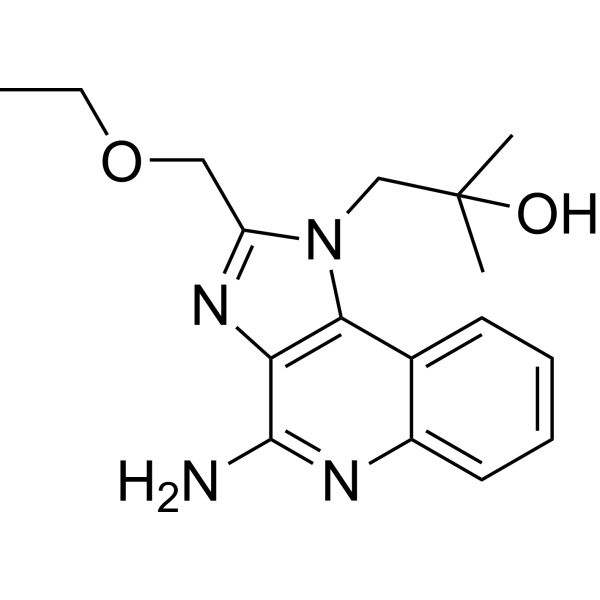
|
| DC48401 | TLR7/8 agonist 4 hydroxy-PEG10-acid hydrochloride Featured |
TLR7/8 agonist 4 hydroxy-PEG10-acid hydrochloride (compound 9) is a drug-linker conjugate for ADC with potent antitumor activity by using TLR7/8 agonist 4, linked via the cleavable ADC linker hydroxy-PEG10-acid.
More description
|
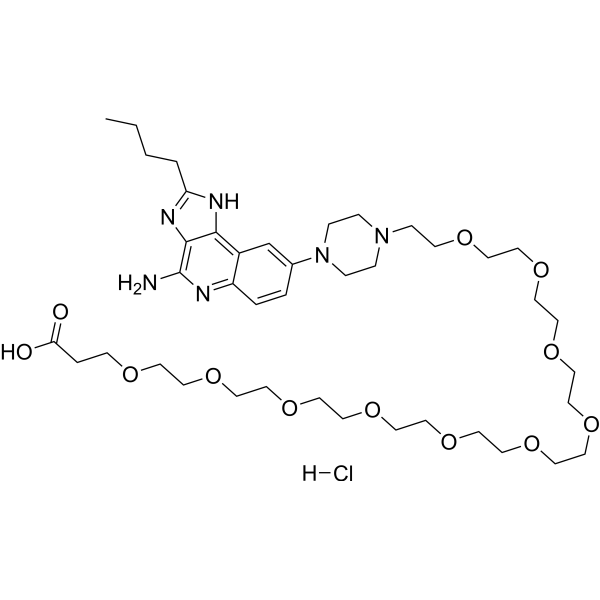
|
| DC26031 | Gardiquimod trifluoroacetate Featured |
Gardiquimod trifluoroacetate is a specific TLR7 agonist which can also inhibit HIV-1 reverse transcriptase.
More description
|
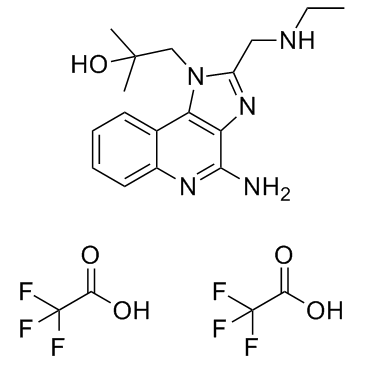
|
| DC60236 | Imiquimod hydrochloride Featured |
Imiquimod hydrochloride (R 837 hydrochloride), an immune response modifier, is a selective toll like receptor 7 (TLR7) agonist. Imiquimod hydrochloride exhibits antiviral and antitumor effects in vivo. Imiquimod hydrochloride can be used for the research of external genital, perianal warts, cancer and COVID-19.
More description
|
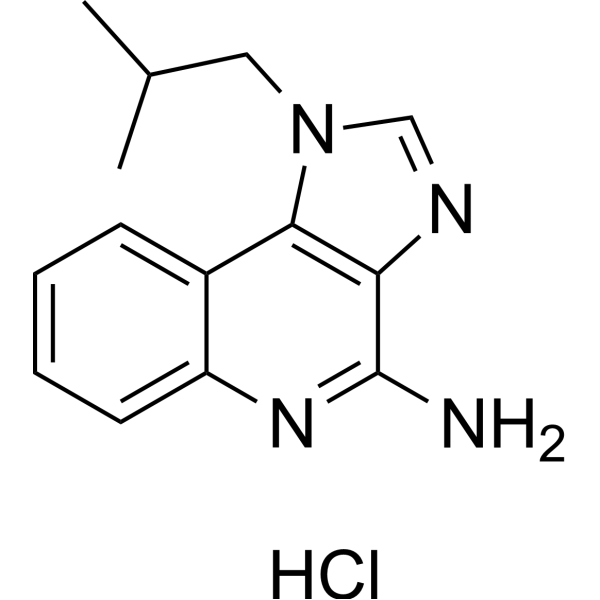
|
| DC7733 | Tasquinimod(ABR-215050) Featured |
Tasquinimod is an orally active antiangiogenic agent by allosterically inhibiting HDAC4 signalling.
More description
|
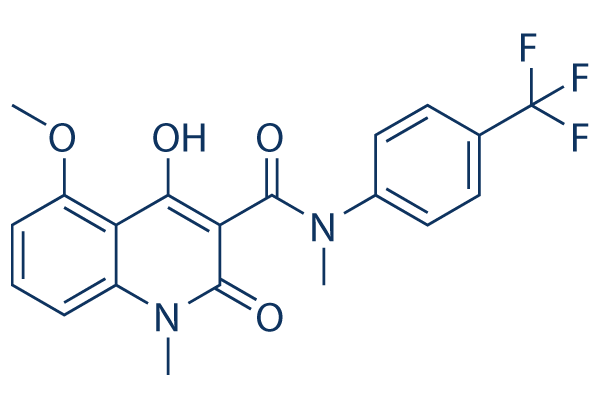
|
| DC28351 | 1V209(TLR7 agonist T7) Featured |
1V209 (TLR7 agonist T7) is a Toll-like receptor 7 (TLR7) agonist and has anti-tumor effects. 1V209 can be conjugated with various polysaccharides to improve its water solubility, and enhance its efficacy, and maintain low toxicity.
More description
|
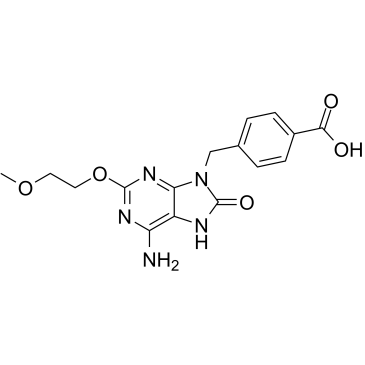
|
| DC7138 | GS-9620(Vesatolimod) Featured |
GS-9620 is a potent and selective orally active small molecule agonist of Toll-like receptor 7(TLR-7) in chimpanzees with chronic HBV infection.
More description
|
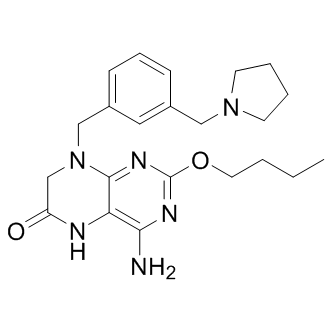
|
| DC8815 | Motolimod (VTX-2337) Featured |
Motolimod (VTX-2337) is a novel TLR8 agonist that activates NK cells and augments ADCC.
More description
|
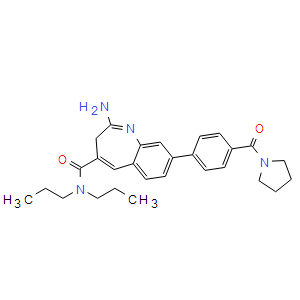
|
| DC47884 | TLR4-IN-C34-C2-COOH Featured |
TLR4-IN-C34-C2-COO is a linker that incorporates TLR4 inhibitor TLR4-IN-C34. TLR4-IN-C34 inhibits TLR4 in enterocytes and macrophages, and reduces systemic inflammation in mouse models of endotoxemia and necrotizing enterocolitis.
More description
|
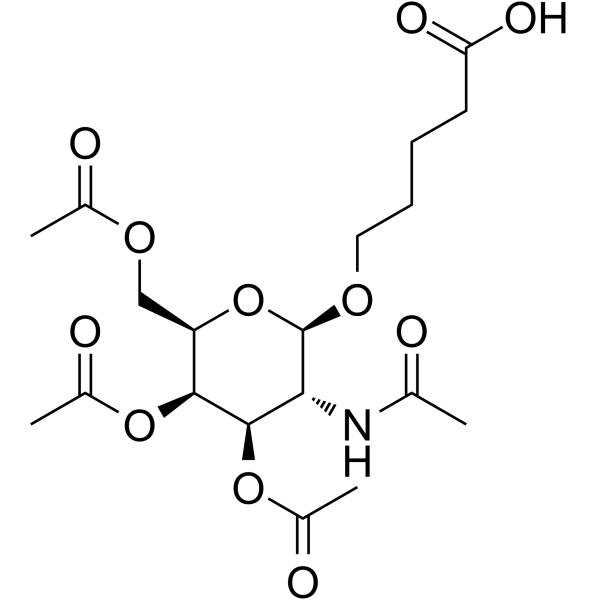
|
| DC28692 | TLR7/8 agonist 3 Featured |
TLR7/8 agonist 3 is a potent TLR7 and TLR8 agonist, extracted from patent US20170114137A1.
More description
|
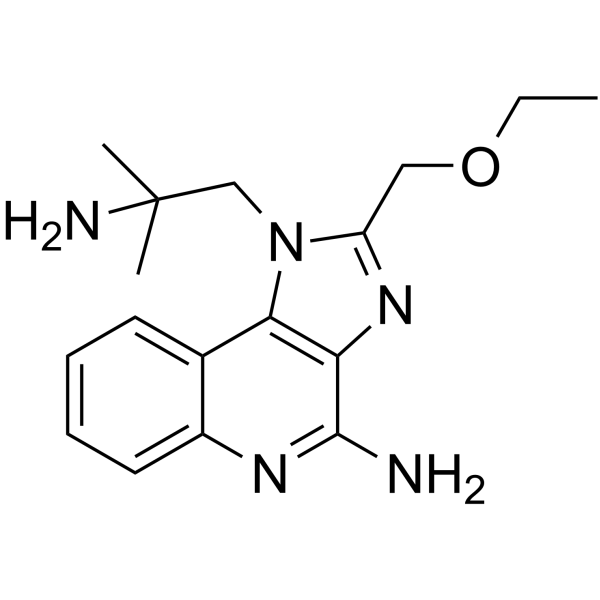
|
| DC66456 | TLR7/8 agonist 1 Featured |
TLR7/8 agonist 1 is a toll-like receptor (TLR7)/TLR8 dual-agonistic imidazoquinoline.
More description
|
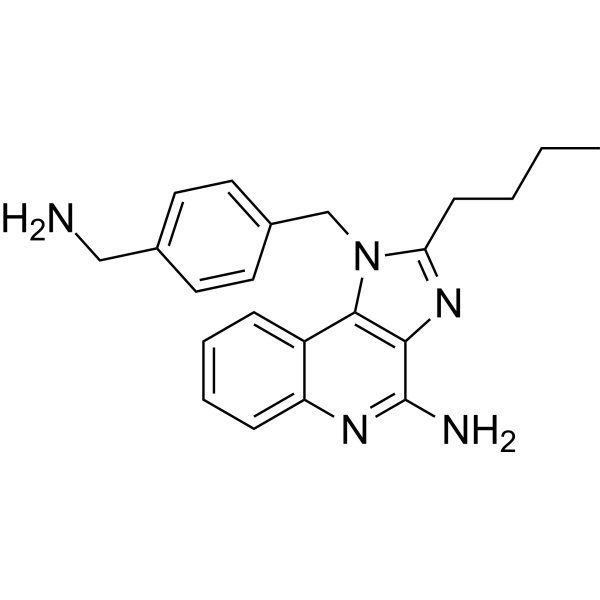
|
| DC21273 | Telratolimod Featured |
Telratolimod (MEDI 9197, 3M 052) is a novel, injectable, tissue-retained TLR7/8 agonist that forms a tissue depot with gradual, sustained release, allowing local TLR triggering activity without systemic cytokine release.
More description
|
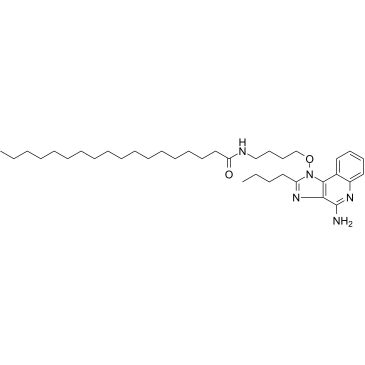
|
| DC12437 | SMU127 Featured |
SMU127 (SMU-127, ZINC666243) is a specific TLR1-TLR2 small molecule agonist with EC50 of 0.55 uM.
More description
|
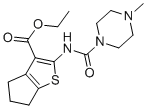
|
| DC22922 | 3M-003 Featured |
A potent TLR7/8 agonist that induces robust production of the Th1-polarizing cytokines TNF-alpha and IL-12 from neonatal antigen-presenting cells (APCs)..
More description
|

|
| DC22934 | 3M-011 Featured |
3M-011 is a potent TLR7/8 agonist and cytokine inducer; stimulates type I interferon (IFN) and other cytokines such as TNF-alpha, IL-12, and IFN-gamma from rat peripheral blood mononuclear cells; induces IL-12 and COX-2 expression in mDC from HIV+ and HIV- individuals, and inhibits H3N2 influenza viral replication in the nasal cavity; potentiates NK cytotoxicity, and shows antitumor effects in scid/B6 mice and scid/NOD mice.
More description
|
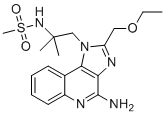
|
| DC22924 | 3M-002 Featured |
A selective TLR8 agonist that induces activation of NF-κB at 0.4 uM.
More description
|

|
| DC23543 | ANA975 Featured |
ANA975 is an oral prodrug of the TLR-7 agonist Isatoribine (ANA245.
More description
|

|
| DC42507 | CU-115 Featured |
CU115 is a potent TLR8 antagonist (IC50=1.04 µM), and shows selective for TLR8 over TLR7 (IC50=>50 µM). CU 115 decreases TNF-α and IL-1β production activated by R-848 in THP-1 cells.
More description
|
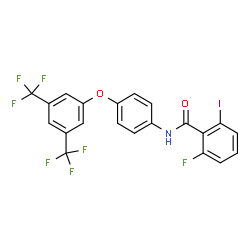
|
| DCC4995 | Szu101 Featured |
Novel TLR7 agonist via immune response induction and tumor microenvironment modulation
More description
|

|
| DCC3219 | Malp-2 Featured |
Toll-like receptor 2/6 (TLR-2/6) agonist, regulating Lcn2 gene, promoting collateral growth
More description
|

|
| DCC5384 | Vb-201 Featured |
Novel anticryptosporidial agent, acting as a toll-like receptor-2 (TLR2) antagonist
More description
|

|
| DCC4810 | Smu-z1 Featured |
Novel potent TLR1/2 Specific Agonist, Suppressing Leukemia Cancer Cell Growth by Stimulating Cytotoxic T Lymphocytes
More description
|

|
| DC73563 | E6742 Featured |
E6742 (E6742) is a potent, selective, dual TLR7/8 inhibitor with binding Kd of 1.7 uM/37 nM in ITC assays, respectively, inhibits TLR7/8 agonist CL097 induced reporter activation with IC50 values of 22, 68, and 3.0 nM for hTLR7, mTLR7, and hTLR8, respecti
More description
|

|
| DC48021 | CL097 Featured |
CL097, a potent TLR7/8 agonist, induces pro-inflammatory cytokines in macrophages. CL097 induces NADPH oxidase priming, resulting in an increase of the fMLF-stimulated ROS production.
More description
|

|
| DC45281 | RS 09 Featured |
RS 09 is a TLR4 agonist. RS 09 promotes NF-κB nuclear translocation and induces inflammatory cytokine secretion in RAW264.7 macrophages in vitro. RS 09 acts as an adjuvant in vivo; RS 09 enhances X-15 specific antibody serum concentrations, when administered with X-15-KLH in mice.
More description
|

|
| DC42749 | AZ617 Featured |
AZ617 is a potent TLR4 agonist.
More description
|
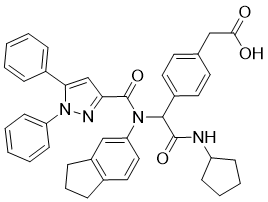
|
| DC31025 | TLR4-IN-C34 Featured |
TLR4-IN-C34 is an orally active TLR4 inhibitor and reduces systemic inflammation in models of endotoxemia and necrotizing enterocolitis[1][2].
More description
|
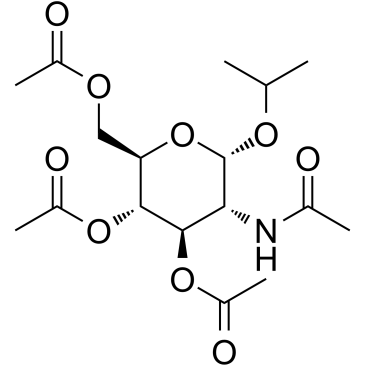
|
| DC34454 | Gardiquimod Featured |
Gardiquimod is a TLR7 agonist, inducing the activation of NF-B in HEK293 cells expressing human or mouse TLR7.
More description
|
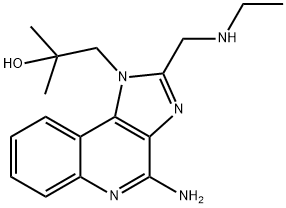
|
| DC10875 | Paquinimod Featured |
Paquinimod is a S100A9 inhibitor, which prevents S100A9 binding to TLR-4.
More description
|
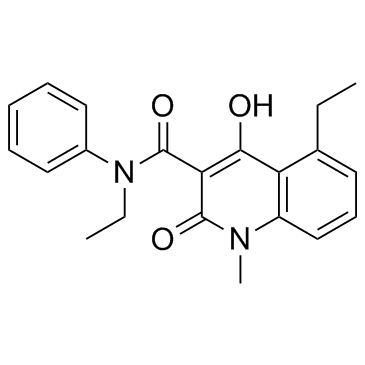
|
| DC47256 | TJ-M2010-5 Featured |
TJ-M2010-5 is a MyD88 inhibitor that binds to the TIR domain of MyD88 to interfere with its homodimerization, and the TLR/MyD88 signal pathway. TJ-M2010-5 can be used for the research of myocardial ischemia/reperfusion injury (MIRI).
More description
|
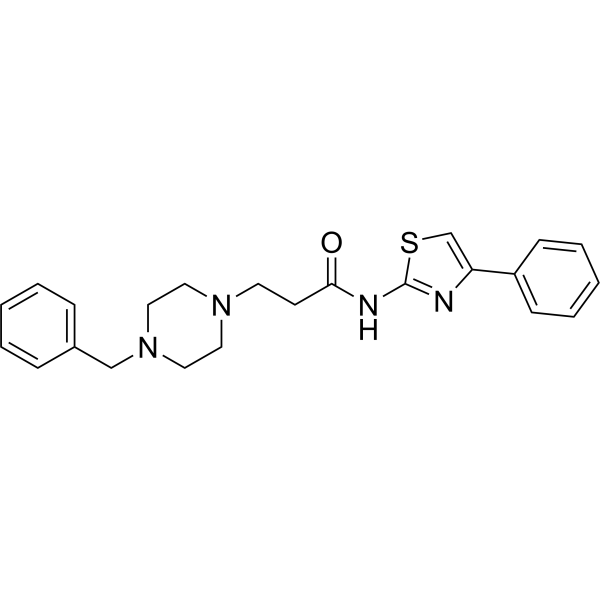
|